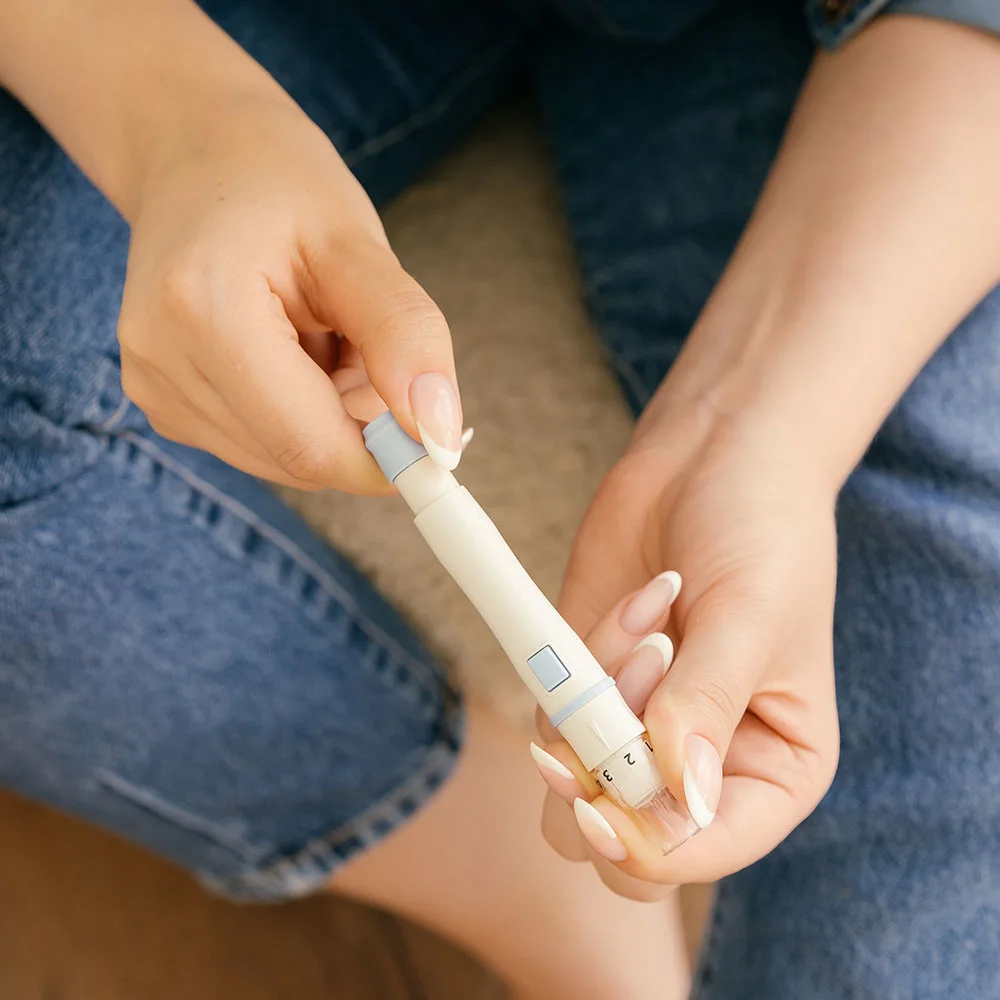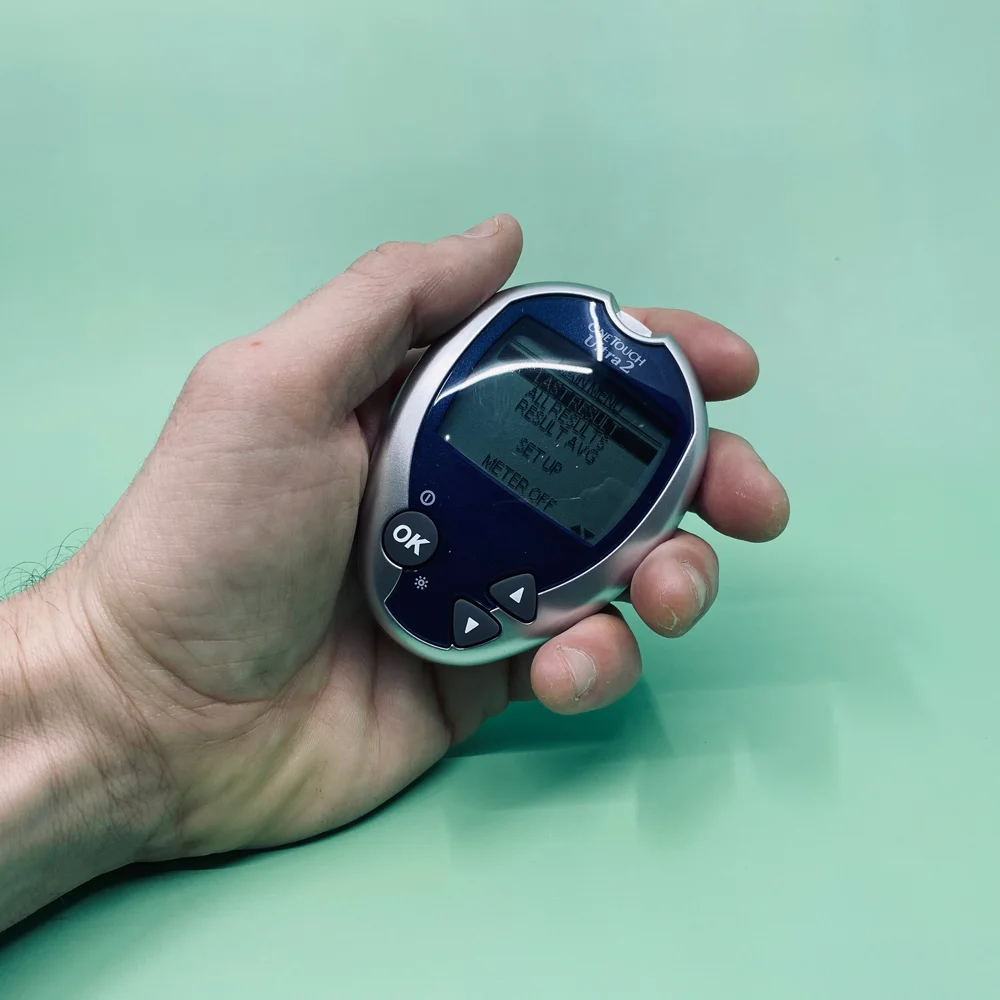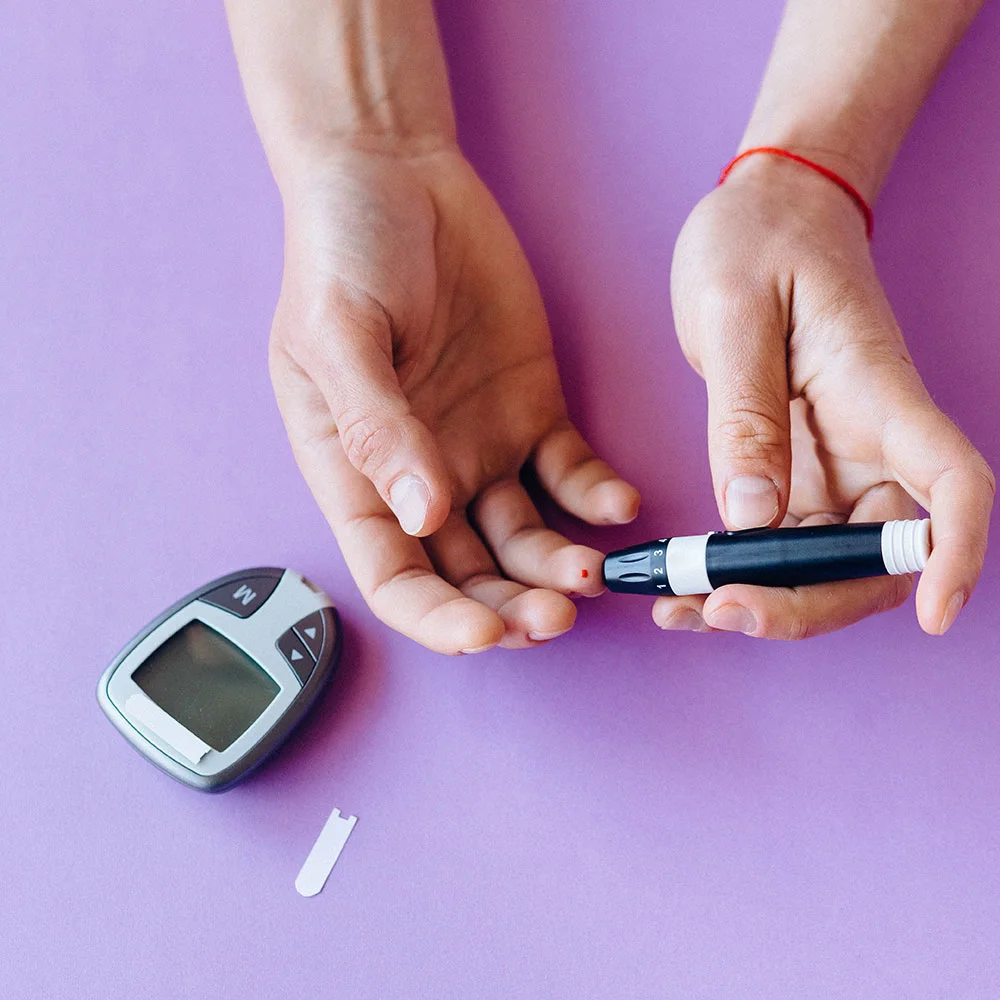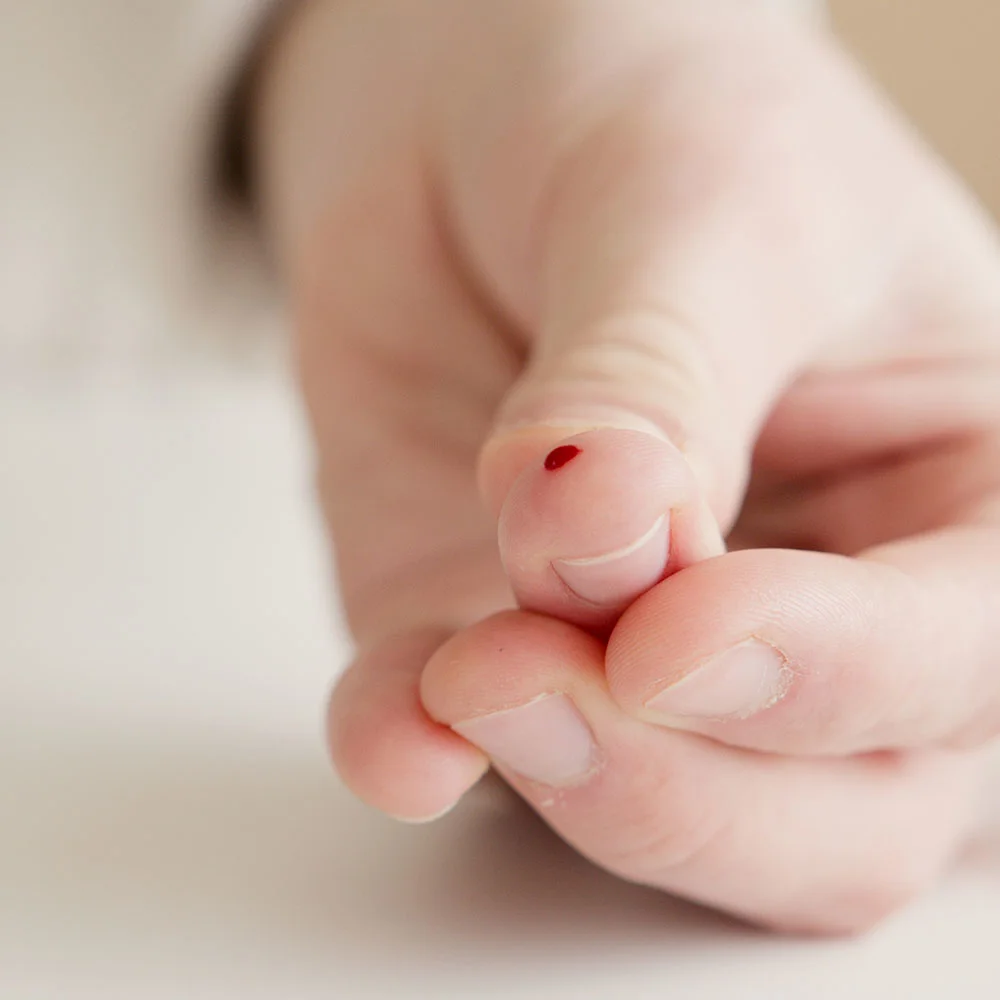Diabetic gastroparesis: causes, symptoms, and treatment

Reviewed by Tzvi Doron, DO,
Written by Alyson Myers, MD
last updated: Aug 07, 2019
5 min read
Here's what we'll cover
What is gastroparesis?
We can get a sense of what gastroparesis is by breaking the term in two. Gastro means relating to the stomach. Paresis means partial paralysis. Gastroparesis — also called delayed gastric emptying — refers to a disorder in which muscular contractions in the stomach (peristalsis) are weak, resulting in undigested food and liquid sitting in the stomach longer than it should.
This bottleneck in the digestive tract can lead to heartburn, nausea, vomiting, bloating, abdominal discomfort, and an early feeling of fullness when eating. In some people, however, the condition can go unnoticed (Pop-Busui, 2017). Because of this, the prevalence of delayed gastric emptying may be significantly higher than once thought. One study estimated that 1.8% of people had delayed gastric emptying, based on a population sample. By contrast, just 0.02% of people in the US receive a confirmed diagnosis (Rey, 2012).
Weight loss
Get access to GLP-1 medication (if prescribed) and 1:1 support to meet your weight goals
What causes gastroparesis?
Often, the cause of gastroparesis is unknown. That said, there are some usual suspects. These include damage to the vagus nerve during gastric surgery, certain medications, and several diseases, including Parkinson's disease, and multiple sclerosis. Diabetes, however, is the most common known cause of the often life-disrupting and potentially debilitating condition.
In both type 1 diabetes and type 2 diabetes, the vagus nerve can be damaged when blood glucose levels remain elevated for too long. This prolonged high blood glucose can not only cause chemical changes in nerves but also damage the blood cells that deliver oxygen and nutrients to them, disrupting peristalsis.
In some cases of gastroparesis, this damage occurs in the pylorus. The pylorus is the muscular valve needed to open when food goes from the stomach to the intestine. If this valve cannot fully open, food will not be able to move into the small intestine. When the stomach doesn't empty, its contents can ferment and harden, causing several complications.
With the digestion process slowed to a crawl or even stopped in the stomach, the body is unable to absorb nutrients in the way that it's supposed to. That means that, in addition to the symptoms mentioned above, gastroparesis can also lead to malnutrition and weight loss. In more severe cases of gastroparesis, persistent vomiting can also cause dehydration.
Not only is gastroparesis often caused by diabetes, but the condition can also often exacerbate diabetes symptoms by making the management of blood glucose more difficult.
Meal-time insulin works in 10–15 minutes. That's too soon for patients with gastroparesis, meaning that they can develop hypoglycemia (low blood sugar) immediately after eating. When the food is finally digested hours later, the insulin is no longer working. This means that hyperglycemia (elevated blood sugar) can develop two-four hours after eating. As you can imagine, diabetic gastroparesis can quickly become a vicious cycle if steps aren't taken to manage it better. We'll get to those steps in just a moment. First, let's talk about how a doctor can confirm a diagnosis.
How is gastroparesis diagnosed?
There are several ways to diagnose gastroparesis, though the most reliable method is by gastric emptying scintigraphy. This involves a patient eating a bland meal that also contains a small and harmless amount of radioactive material. This substance allows for food to be seen when pictures of the stomach are taken one, two, and four hours after the meal. If 60% or more of the food remains at two hours or 10% or more remains after four hours, a doctor will be able to make a gastroparesis diagnosis.
Alternatively, a motility capsule can be used to determine the amount of time that it takes the capsule to get from the stomach to the first portion of the small intestine, which should be less than five hours.
Other ways to diagnose gastroparesis include an esophagogastroduodenoscopy or EGD. For this, test a doctor passing a long, thin tube called an endoscope into the mouth, guiding it along the esophagus into the stomach. An EGD allows the doctor to assess the upper GI tract, and if undigested food is found 12 hours after the patient's last meal, confirm the condition. The use of ultrasound or magnetic resonance imagining (MRI) is also being studied as alternative methods of diagnosis.
How is gastroparesis managed?
In many cases, a patient with diabetic gastroparesis can manage their symptoms by making some changes to the way they do things.
Managing blood glucose levels is an essential treatment goal for diabetes-related gastroparesis. To do this, many people work with their doctor and/or dietitian to come up with a specific plan for better glucose control. These tactics may include taking insulin after they eat as opposed to before and checking blood glucose more frequently, enabling them to better match insulin to the slower rise in blood glucose levels.
The frequency and intensity of gastroparesis can also be impacted by making dietary changes. Eating small meals, chewing food slowly, and avoiding of high-fiber or high-fat foods, may result in significant improvement.
Unfortunately, several medications that are used to manage diabetes can cause gastroparesis or make it worse. These include Glucagon-Like Peptide 1 Agonists (GLP-1 agonists) drugs that mimic naturally occurring hormones that slow down digestion to prevent blood sugars from rising excessively after eating. Medications used for pain (narcotics) are also associated with a decreased rate of digestion. If possible, avoiding these drugs can help reduce gastroparesis symptoms.
Can gastroparesis be treated?
For some people, however, making the changes mentioned above, won't be feasible or simply won't have a sufficient impact on symptoms. In these cases, a doctor may prescribe prokinetic agents, which can enhance the contractions and coordination of muscles in the gut. Metoclopramide and domperidone are two such drugs though both come with restrictions by the FDA (Camilleri, 2011).
Metoclopramide is limited to only three months of use as it can cause stiffening or jerking movements (dystonia or tardive dyskinesia) with prolonged use. Domperidone is restricted for use in the United States due to its cardiac effects. This means that a doctor has to complete paperwork to seek approval for its use from the FDA. Antibiotics erythromycin or azithromycin can also serve as prokinetics used for short-term relief of gastroparesis (Camilleri, 2011).
Drugs such as prochlorperazine, promethazine, or dronabinol can be used to decrease nausea and vomiting while pain can be managed with tricyclic antidepressants or non-narcotic pain agents such as tramadol (Camilleri, 2011).
Are there surgical interventions for gastroparesis?
Surgery can also be an option should medication be ineffective. Gastric electrical stimulation with a gastric pacer has been used with success in decreasing nausea and vomiting in some patients.
Several procedures have been used to help patients who have a problem with their pylorus opening, though so far, the studies have been small (Clarke, 2015). Injections of botulism toxin into the pylorus to decrease muscle spasms have been tried without success (Kashyap, 2010).
A feeding tube, called a jejunostomy tube, can also be an option if all other approaches don't work. This tube allows patients to introduce a specially formulated liquid food directly into the small intestine. By bypassing the stomach altogether, a patient can ensure that all the nutrients their body needs are getting into their bloodstream, enabling them to live fuller lives. Often, a jejunostomy tube is used as a temporary measure and only necessary when gastroparesis is particularly severe.
DISCLAIMER
If you have any medical questions or concerns, please talk to your healthcare provider. The articles on Health Guide are underpinned by peer-reviewed research and information drawn from medical societies and governmental agencies. However, they are not a substitute for professional medical advice, diagnosis, or treatment.
Camilleri, M., Bharucha, A. E., & Farrugia, G. (2011). Epidemiology, Mechanisms, and Management of Diabetic Gastroparesis. Clinical Gastroenterology Hepatology , 9 (1), 5-12. doi:10.1016/j.cgh.2010.09.022. Retrieved from https://www.ncbi.nlm.nih.gov/pubmed/20951838
Clarke, J.O. & Snape, W.J. (2015). Pyloric Sphincter Therapy: Botulinum Toxin, Stents, and Pyloromyotomy. Gastroenterology Clinics of North America , 44 (1), 127-136. doi: 10.1016/j.gtc.2014.11.010. Retrieved from https://www.ncbi.nlm.nih.gov/pubmed/25667028
Kashyap, P. & Farrugia, G. (2010). Diabetic gastroparesis: what we have learned and had to unlearn in the past 5 years. Gut , 59 (12), 1716-1726. doi:10.1136/gut.2009.199703. Retrieved from https://www.ncbi.nlm.nih.gov/pubmed/20871131
Pop-Busui, R., Boulton, A.J.M., Feldman, E.L., et al. (2017). Diabetic Neuropathy: A Position Statement by the American Diabetes Association. Diabetes Care , 40 (1), 136-154. doi:10.2337/dc16-2042. Retrieved from https://care.diabetesjournals.org/content/40/1/136
Rey, E., Choung, R.S., Schleck, C.D., Zinsmeister, A.R., Talley, N.J., & Locke, G.R. (2012). Prevalence of Hidden Gastroparesis in the Community: The Gastroparesis “Iceberg.” Journal of Neurogastroenterology and Motility , 18 (1), 34-42. doi:10.5056/jnm.2012.18.1.34. Retrieved from https://www.ncbi.nlm.nih.gov/pubmed/22323986









